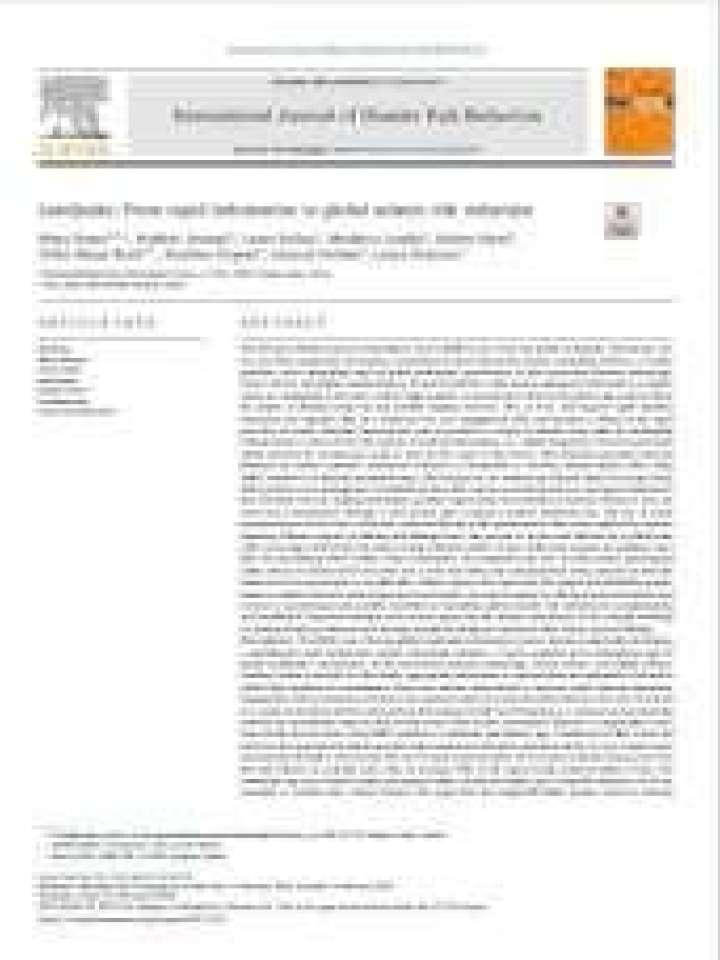LastQuake: From rapid information to global seismic risk reduction
The EMSC, a global earthquake information center, has been empirically developing a multichannel rapid information system comprising websites, a Twitter quakebot and a smartphone app for global earthquake eyewitnesses.
At the intersection between seismology, citizen science, and digital communication, its aim is twofold: to offer timely, appropriate information in regions where an earthquake is felt and to collect high numbers of eyewitnesses’ direct and indirect observations to improve rapid situation awareness.
Engagement with eyewitnesses is based on the rapid provision of tremor detection (between few tens of seconds to a couple of minutes) which is derived from the analysis of indirect information, i.e., Internet and social media searches by eyewitnesses eager to find out the cause of the tremor. Eyewitness’ behavior is comparable to real-time seismic sensors when using EMSC websites or LastQuake smartphone app. Crowdsourced data is then fed back into the ongoing information product improvement and situation awareness which, in turn, attracts more eyewitnesses through a viral spread.
The use of visual communication for felt report collection has proven to be fast and efficient on a global scale with, on average, 50% of felt reports being collected within 10 min. The LastQuake app now includes timely geo-targeted safety checks and safety tips to describe behaviors to be encouraged or avoided after violent tremors. It can be argued that this simple,affordable system, based on Internet technologies and social media, can reduce anxiety by offering timely information to eyewitnesses and possibly contribute to immediate global seismic risk reduction.
Explore further
